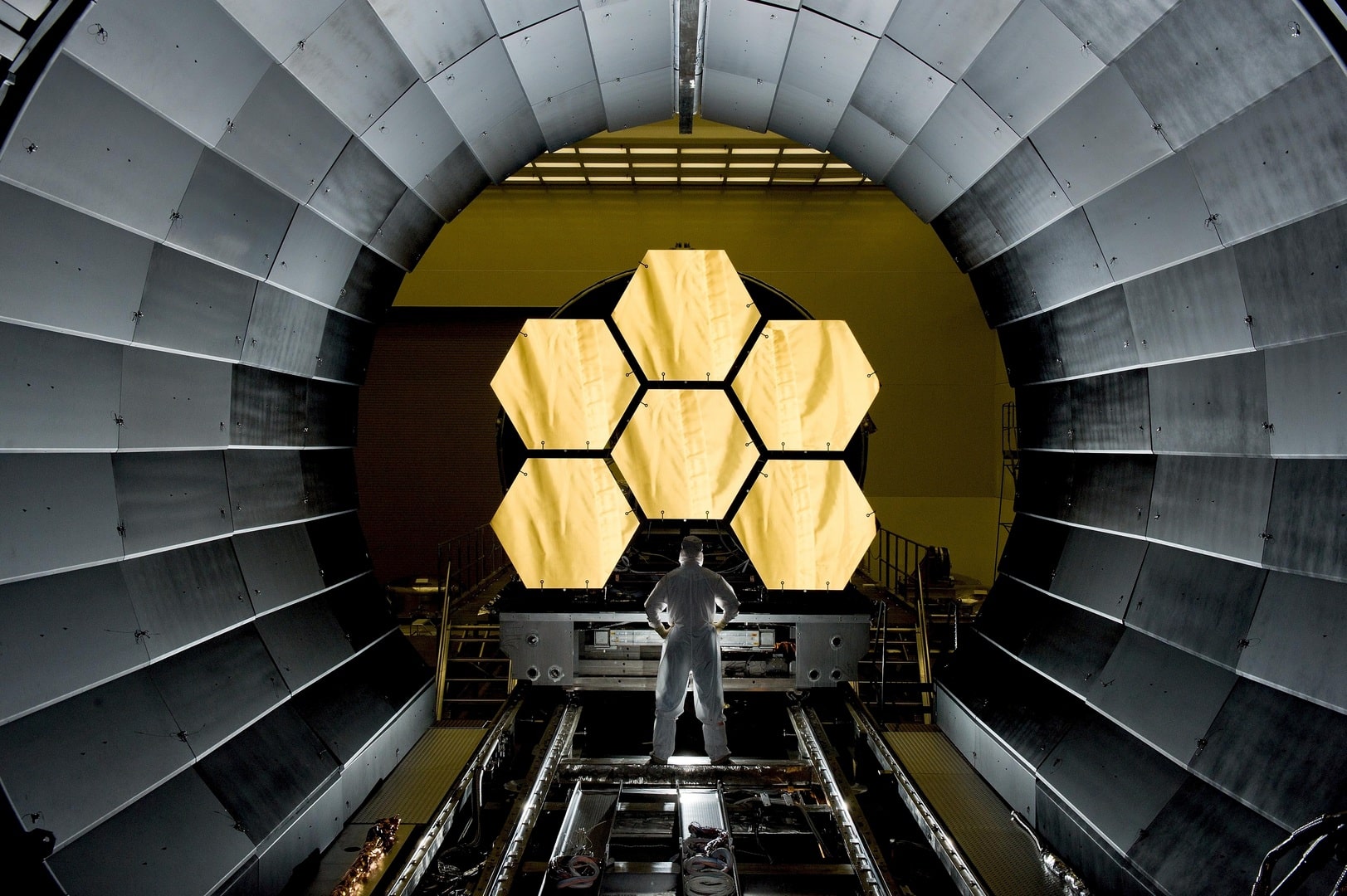AI for Disaster Relief Distribution: AI-optimized logistics for efficient disaster relief supply distribution.
In the aftermath of natural disasters, timely and efficient distribution of relief supplies is critical to saving lives and aiding recovery efforts. Traditional logistics often struggle to meet the urgent demands of disaster-stricken areas. Enter Artificial Intelligence (AI), a game-changer that is redefining disaster relief supply distribution. By optimizing routes, anticipating needs, and streamlining operations, AI is revolutionizing how relief organizations respond to emergencies. In this blog, we’ll explore the transformative role of AI in disaster relief distribution and delve into the ways it is reshaping humanitarian efforts.
Efficient Resource Allocation
Disaster relief supply distribution requires a delicate balance between speed, accuracy, and resource allocation. AI-powered algorithms can analyze vast amounts of data, including real-time information on affected areas, weather patterns, and road conditions, to calculate the most efficient distribution routes. These algorithms consider variables like traffic congestion and infrastructure damage, ensuring that relief supplies reach their destinations as quickly as possible.
Anticipating Needs with Predictive Analytics
AI’s ability to process data also enables predictive analytics, allowing relief organizations to anticipate the needs of disaster-stricken communities. By analyzing historical data and current circumstances, AI algorithms can estimate the required types and quantities of supplies. This proactive approach helps prevent shortages and ensures that relief efforts are better aligned with the actual demands on the ground.
Optimized Inventory Management
Maintaining a sufficient inventory of relief supplies is a logistical challenge. AI streamlines inventory management by tracking the movement and consumption of supplies in real time. This prevents overstocking or understocking, allowing organizations to optimize their resources and respond promptly to changing demands.
Risk Assessment and Route Optimization
Disaster-stricken areas are often fraught with hazards, including damaged roads and unstable terrain. AI can assess these risks and provide alternative routes or delivery methods to ensure the safety of relief workers and supplies. By factoring in risks and potential obstacles, AI algorithms help prevent delays and accidents during distribution efforts.





























